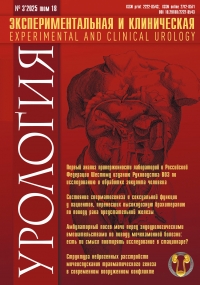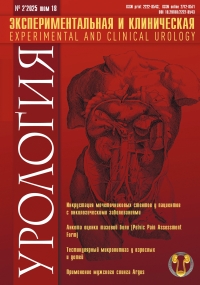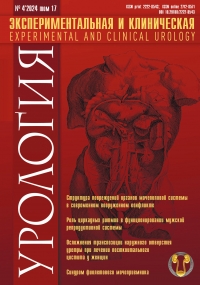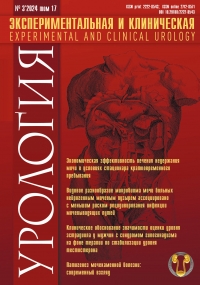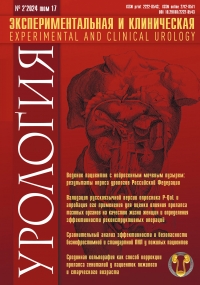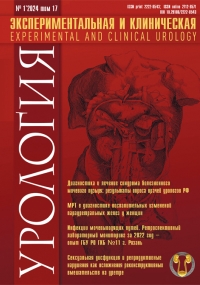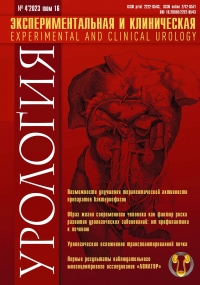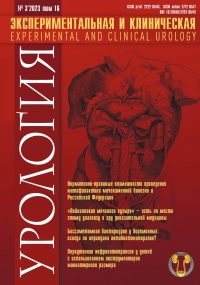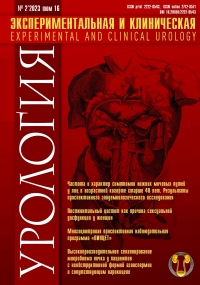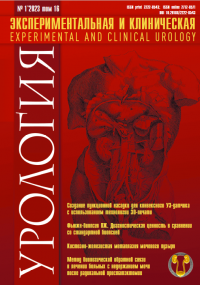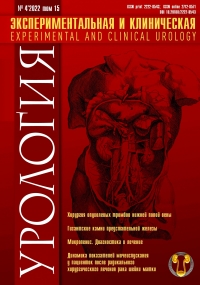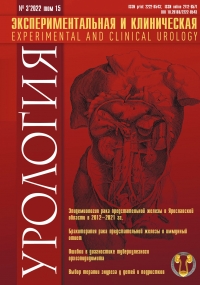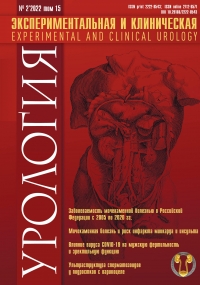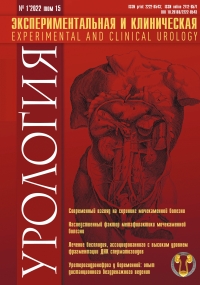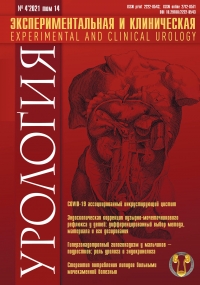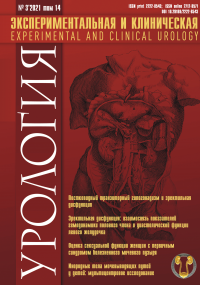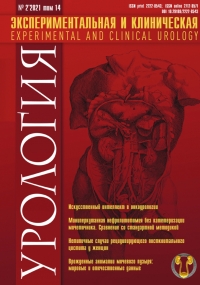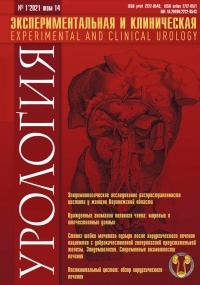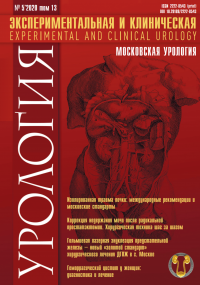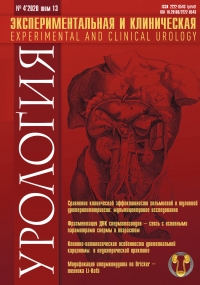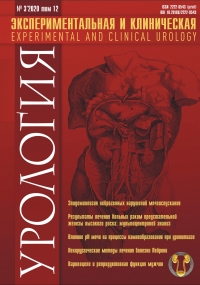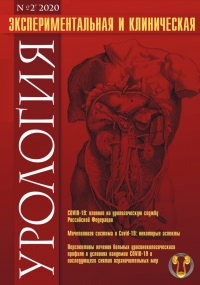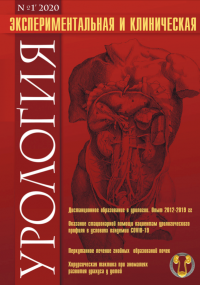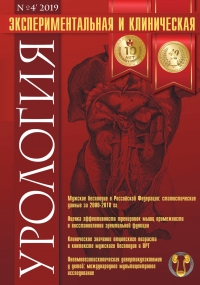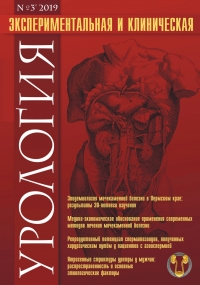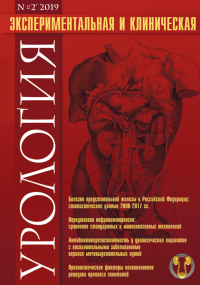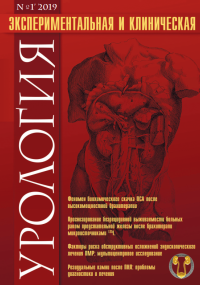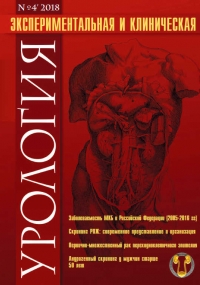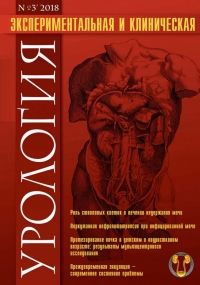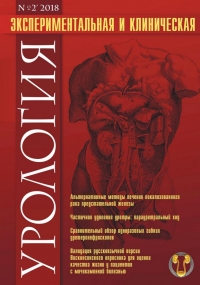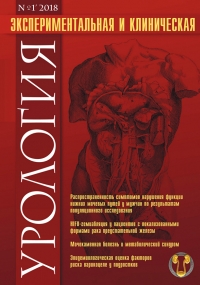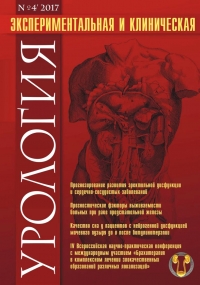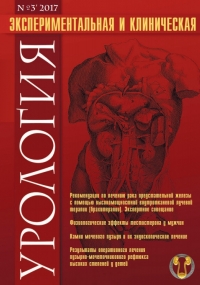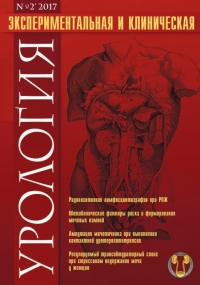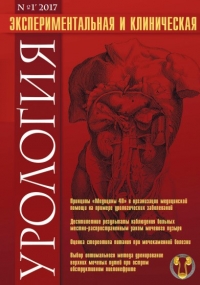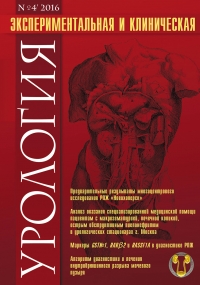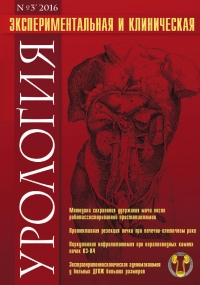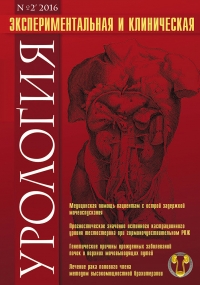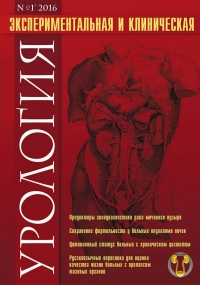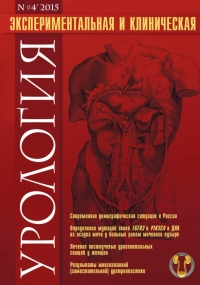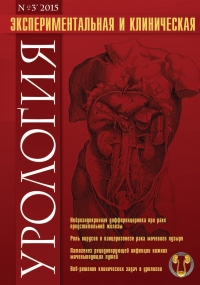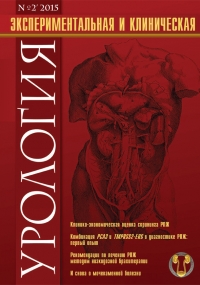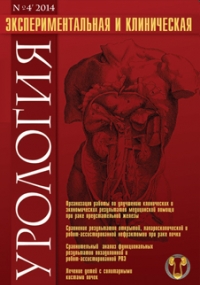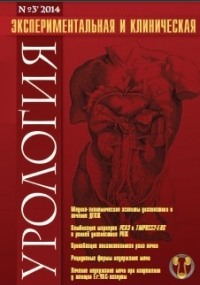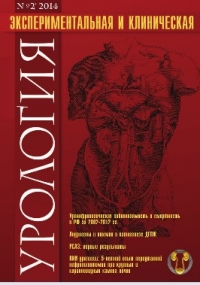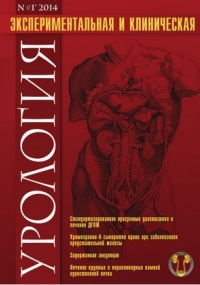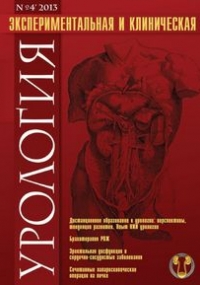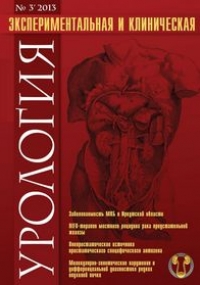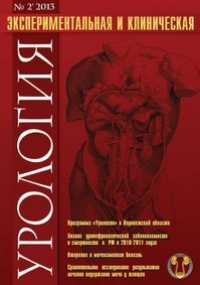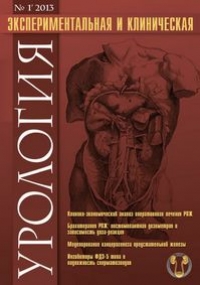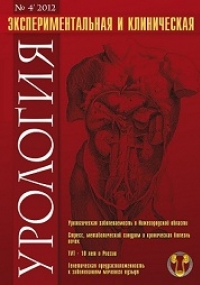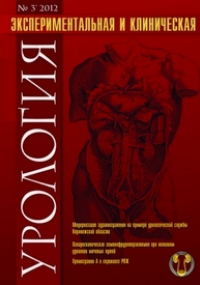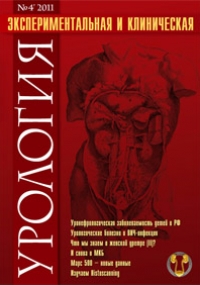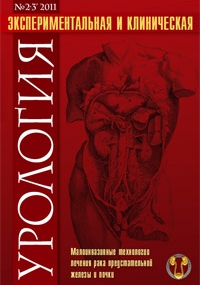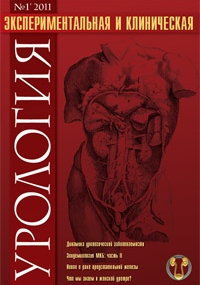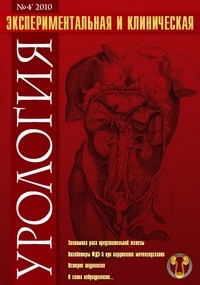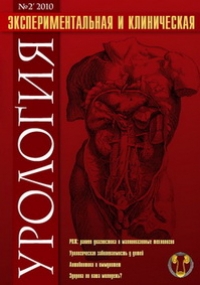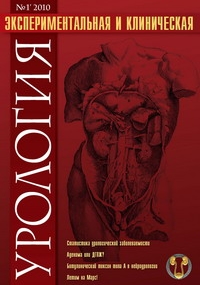Peculiarities of the morphology of the renal pelvic in external and internal obstruction of the pyeloureteral segment in children DOI: 10.29188/2222-8543-2024-17-4-150-156
- Sizonov V.V. – Dr. Sci., Professor, Professor of the Department of Urology with a course in pediatric urology-andrology at the Rostov State Medical University, Head of the Children's Uroandrology Department of the Regional Children's Clinical Hospital of the Ministry of Health of the Russian Federation; Rostov-on-Don, Russia; RSCI Author ID 654328; https://orcid.org/0000-0001-9145-8671
- Shidaev A.Kh-A. – pediatric surgeon of the surgical department of the Rostov Regional Children's Clinical Hospital, postgraduate student of the urology department with a course in pediatric urology-andrology of the Rostov State Medical University of the Ministry of Health of the Russian Federation; Rostov-on-Don, Russia; RSCI Author ID 1047966, https://orcid.org/0000-0002-8634-6453
- Sinelnik E.A. – Head of the Pathological Anatomy Department of the Regional Clinical Hospital No. 2, Assistant Professor of the Department of Pathological Anatomy of the Rostov State Medical University of the Ministry of Health of the Russian Federation; Rostov-on-Don, Russia; RSCI Author ID 1202654
- Bedarev V.G. – student of the pediatric faculty of the Rostov State Medical University of the Ministry of Health of the Russian Federation; Rostov-on-Don, Russia; Author RSCI ID 1116477
- Zhuravleva E.G. – resident of the Department of Hematology and Transfusiology with a course in clinical laboratory diagnostics, genetics and laboratory genetics of the Rostov State Medical University of the Ministry of Health of the Russian Federation; Rostov-on-Don, Russia
- Orlova E.V. – Deputy Chief Physician for Medical Affairs, Regional Children's Clinical Hospital; Rostov-on-Don, Russia; RSCI Author ID 99943
- Lukash Yu.V. – PhD, Associate Professor, Department of Pediatric Surgery and Orthopedics, Rostov State Medical University, Ministry of Health of the Russian Federation; Rostov-on-Don, Russia; RSCI Author ID 634760
 480
480 Introduction. Pathophysiology behind the formation of pelviureteric junction obstruction (PUJO) combined with a crossing lower polar vessel remains the subject of discussion. The main discussed issue is the role of external compression in the formation of consequential structural changes in the ureteropelvic segment and their significance for the development of PUJO. The research interest is determined by the practical aspect associated with the possibility and expediency of transposition of the conflicting vessel as an alternative to pyeloplasty with the formation of an antevasal anastomosis. In this study, we compared the specifics of pelvic morphology in PUJO cases considering the background intrinsic and extrinsic factors.
Material and methods. The paper offers the results of morphological analysis of the pelvis in 14 children with PUJO combined with background internal and external factors. The patients were subdivided into 2 groups based on the PUJO causes. Group 1 – 4 patients with a vascular-ureteral conflict, group 2 – 10 patients with intrinsic PUJO causes. All patients underwent dismembered pyeloplasty without pelvic reduction. A 5 mm pelvic flap was cut off intraoperatively above the PUJ area and sent for histological examination.
Results. The following histological changes are typical for the pelvis in case of extrinsically caused PUJO: hypertrophy of smooth muscles; moderate fibrosis in all layers of the renal pelvis wall – the mucous membrane, intermuscular and in adventitia – with the development of fibrous tissue of regular density. The pelvis with hydronephrosis combined with intrinsic obstruction causes has the following specifics:pronounced "dense" fibrosis/fibromatosis of the renal pelvis wall; atrophy of smooth muscles of varied severity up to complete lack of smooth muscle cells; disorganization and chaotic arrangement of smooth muscle cells in the renal pelvis wall. In most cases, there was no significant inflammation in the renal pelvis wall.
Conclusion. Structural changes in the renal pelvis in case of intrinsic PUJO causes are of congenital nature, while in case of external factors they are acquired, and associated with the materialization of compensatory reactions of the organism to the developed PUJO. The obtained results can be viewed as a morphological substantiation indicating pathogenicity of performed transposition of the conflicting vessel in case of obstruction combined with a background vascular-ureteral conflict.
| Attachment | Size |
|---|---|
| Download | 3.28 MB |


